With only raw materials from forest tree bark and skillful hands, the Xo Dang people (To Drá branch) in Ngok Reo commune (Dak Ha district, Kon Tum province) have crafted rudimentary costumes to cover their bodies and keep them warm. Although no longer widely used, the craft of making costumes from tree bark is still preserved and passed down to future generations.
The last bark costume artisan in Kon Tum
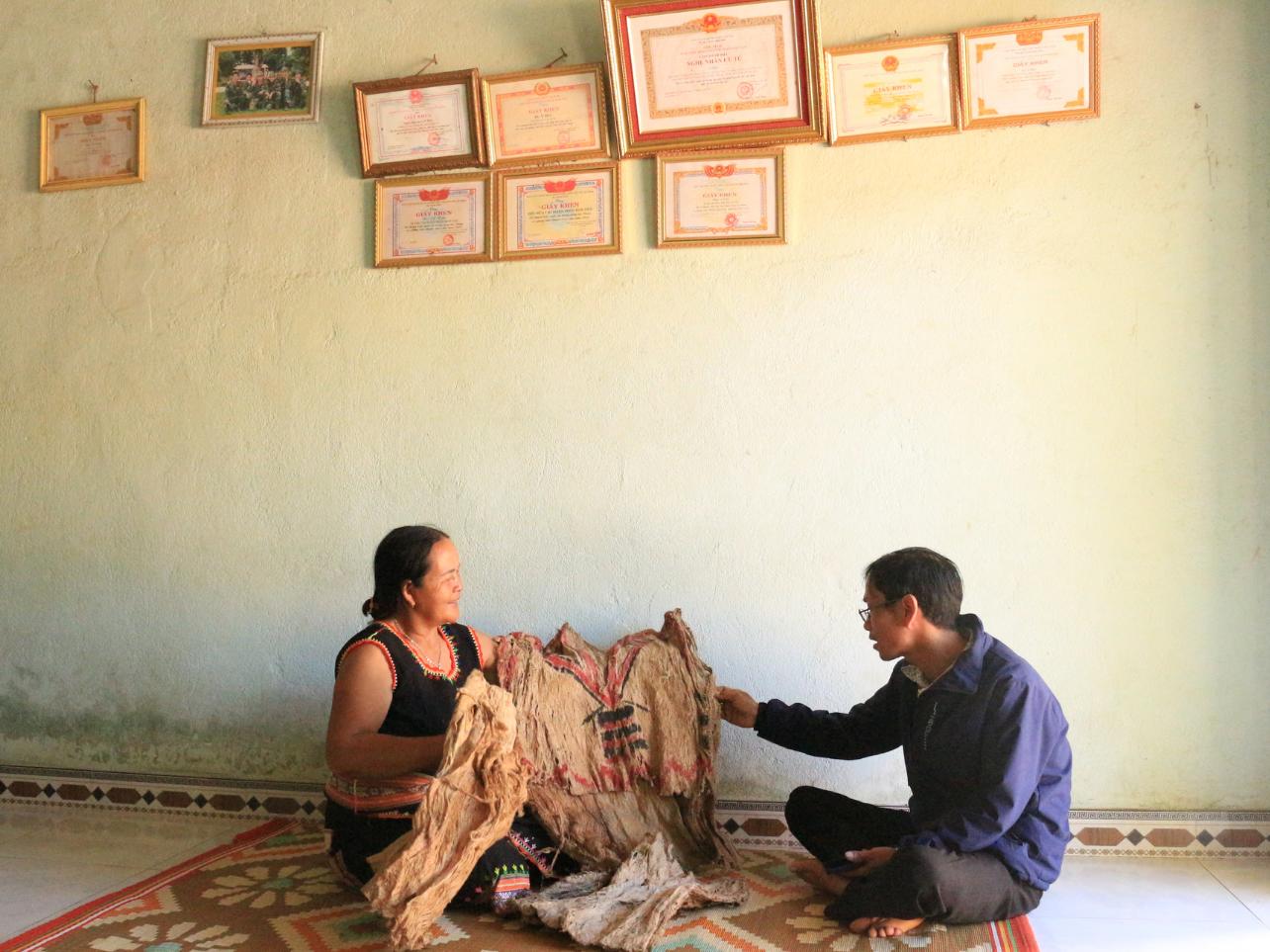
In the past, when the brocade weaving profession had not yet appeared, the Xo Dang people in Ngok Reo commune often went deep into the forest to find the bark of the hmúa and gdua trees to make costumes. From there, loincloths, shirts, skirts... from tree bark were formed with the purpose of covering the body, keeping warm, avoiding rain and wind. However, with the appearance of the textile industry, traditional costumes from tree bark are only seen on occasions of gong performances, festivals in the village.
Introduced by many people in the village, we went to the house of the excellent artisan Y Der (61 years old, in Kon So Tiu village, Ngok Reo commune). She is the only person in Ngok Reo commune who still knows how to make costumes from tree bark. Pouring us tea, she began to tell us about the history of the craft of making costumes from tree bark.
She said: “In the past, when they did not know how to weave brocade, the ancient Xo Dang people mainly wore costumes made of tree bark and forest vines. We usually chose the bark of the hmúa and gdua trees. These are two types of trees that often grow in the forest, with bark that is wide enough, long enough, flexible, soft, durable and suitable for making loincloths, skirts, and shirts.”
According to Ms. Y Der, an artisan who wants to create costumes from tree bark needs to maintain concentration, patience and dexterity. After separating the bark from the tree trunk, she will pound it evenly until the white bark with thick, tightly woven fibers is revealed. Next, the bark is soaked, washed and dried many times, but only then is this bark sewn together with Jrông tree rope, creating costumes that are crude but extremely sturdy.
Preserving the traditional beauty of the Xo Dang people
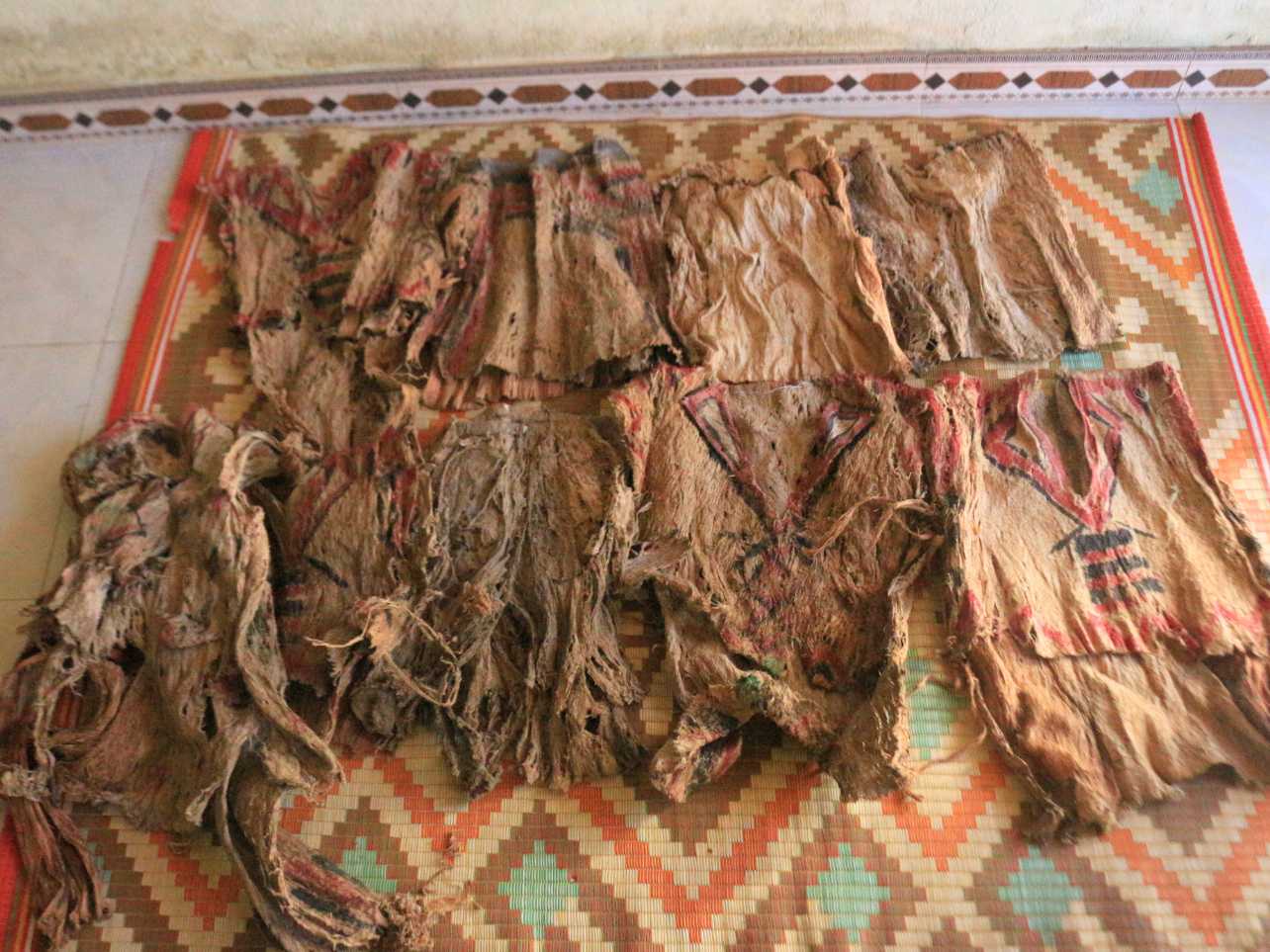
Normally, the shirt will be sewn in a round neck style, without sleeves, the whole shirt has only two hidden seams on both sides of the armpits, the inside is very smooth because it is polished, while the outside is often rougher. On average, it takes her about 2-3 days to complete a shirt, loincloth, or skirt.
However, nowadays, the hmúa or gdua trees are no longer found in the foothills, so artisan Y Der has to go deep into the forest to find them. Normally, one shirt needs 1-2 trees to create its shape. She also has to spend a day going deep into the forest, and another day scraping and pounding the bark.
Continuing the unique culture of our ancestors
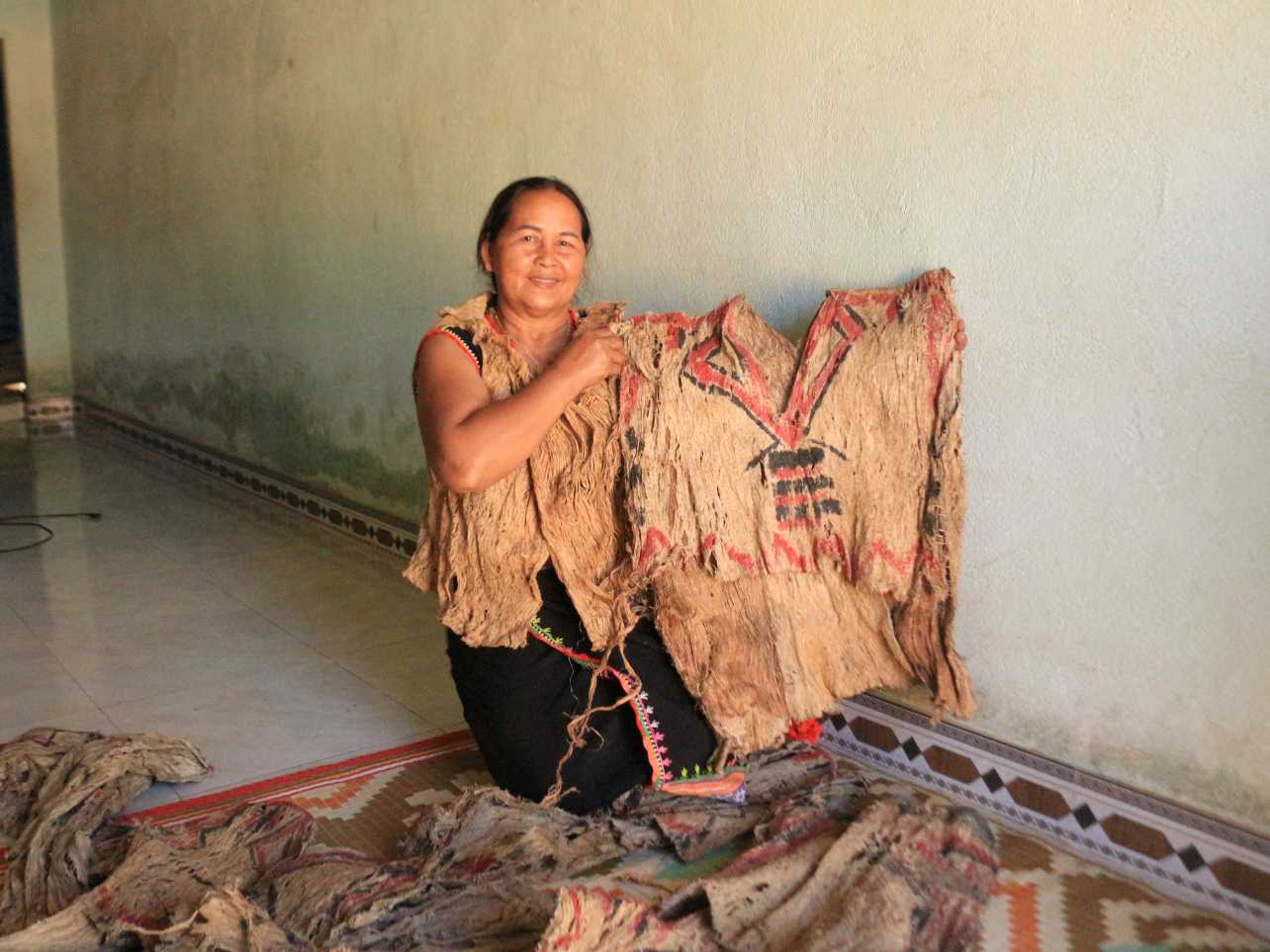
As one of the people who are knowledgeable about the culture of the Xo Dang ethnic group, the excellent artisan A Nian (75 years old, in Kon So Tiu village, Ngok Reo commune) said that in each festival organized by the village or commune, there are usually people assigned to wear costumes made from tree bark. The special thing is that when they wear this costume, they will also wear a mask carved from a wooden board. Usually, the mask will be sculpted into strange or humorous shapes.
Mr. Nian shared: “The younger generation of Xo Dang people today is no longer interested in or knows how to make costumes from tree bark. For many years, Ms. Y Der and I have tried to guide the young people in the village how to make them with the hope of continuing the unique traditional craft of the nation.”
Mr. A Luy - Vice Chairman of the People's Committee of Ngok Reo commune said: "For the Xo Dang people here, tree bark costumes contain many cultural values, reflecting the development process of the Xo Dang community through each period. Costumes made from grass and trees also represent the harmony and closeness between humans and all things and nature. In the subconscious of previous generations such as Mrs. Y Der or Mr. A Nian, they always have a concern for preserving and passing on the culture of their ancestors to the younger generation of the Xo Dang people."
Source link





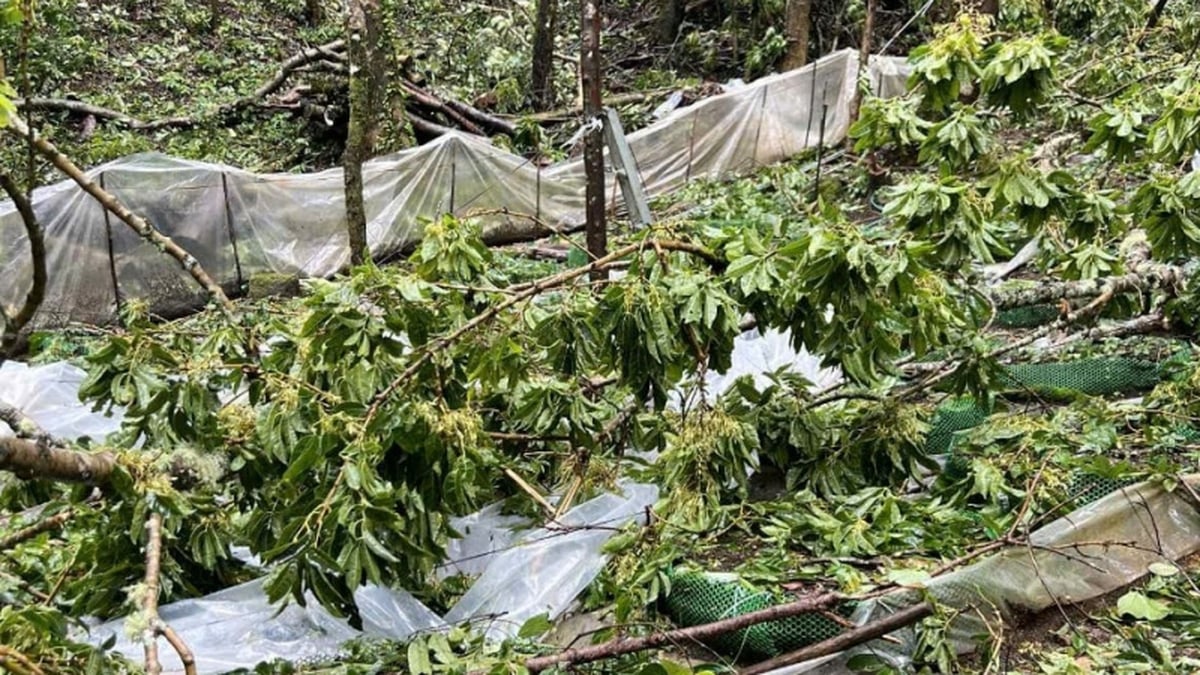


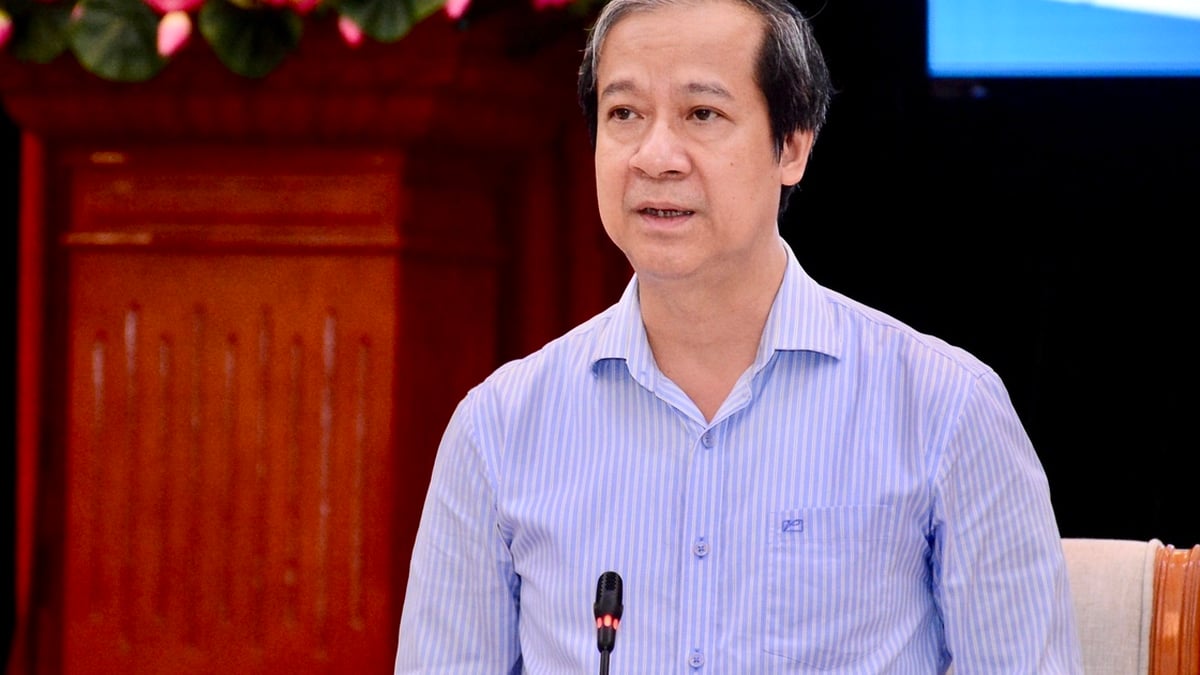

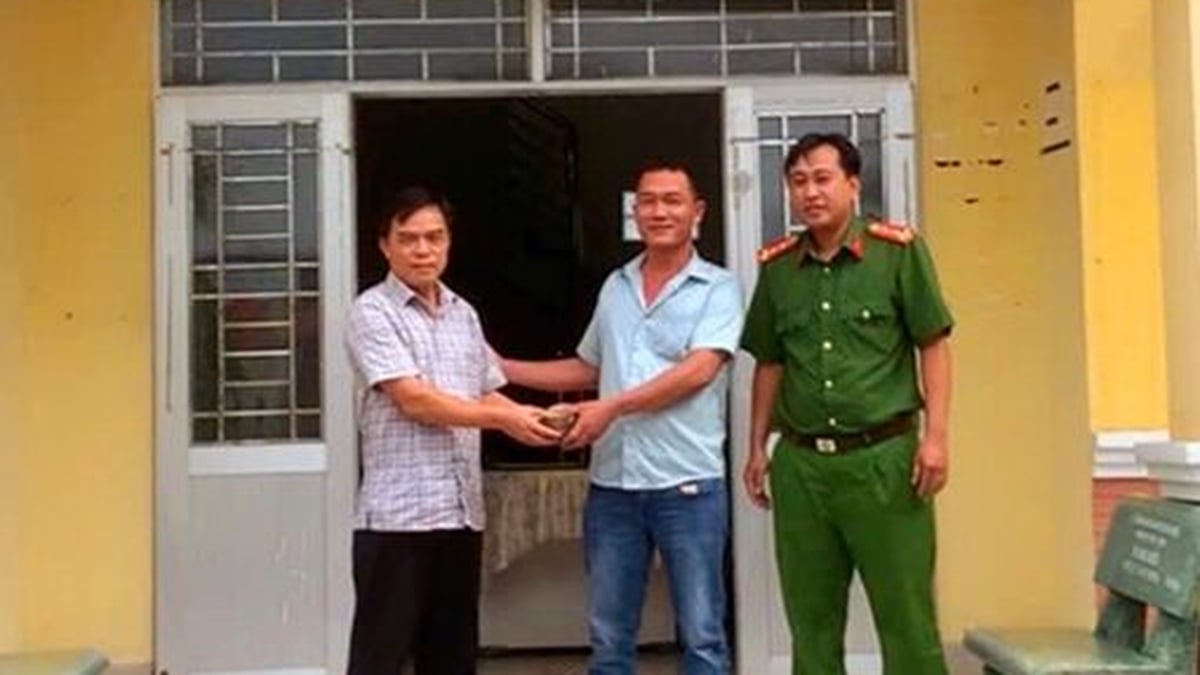
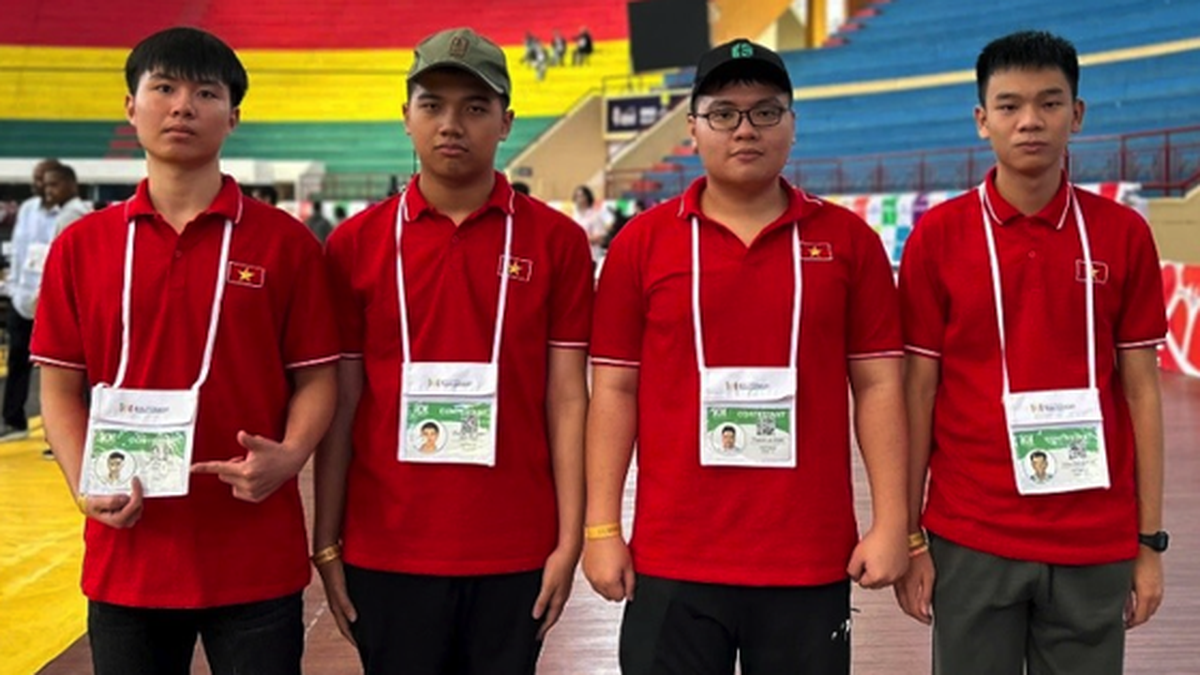




















































































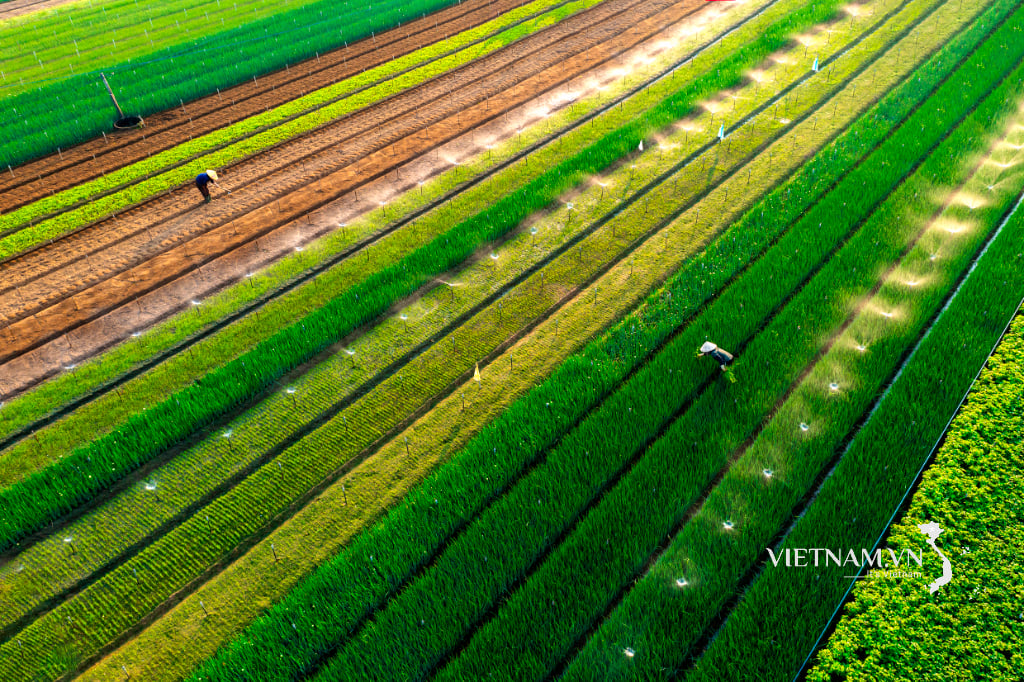


Comment (0)